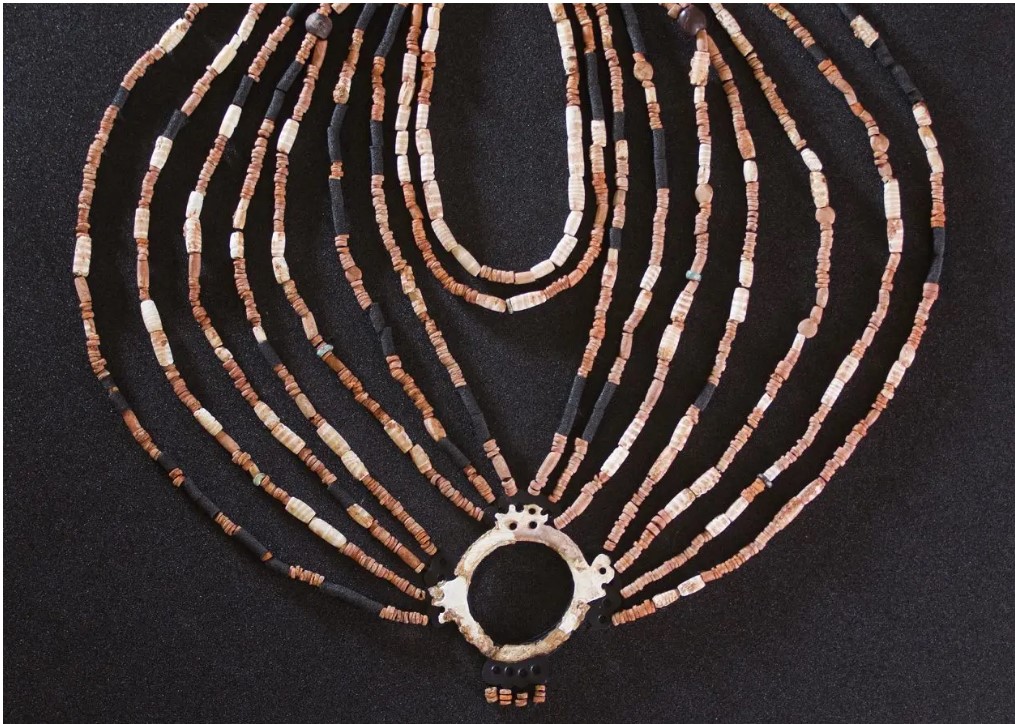MAYA SACRIFICIAL VICTIM DISCOVERED WITH JADE RING
In a significant archaeological find, researchers from the National Institute of Anthropology and History (INAH) have unearthed a Maya burial containing the remains of a human sacrifice, accompanied by a precious jade ring. This discovery occurred during excavation efforts in the ancient Maya city of El Tigre, also referred to as Itzamkanac, situated in the Mexican state of Campeche near the Rio Candelaria.
El Tigre has a historical timeline stretching from the Middle Preclassic period (600 – 300 BC) until approximately AD 1557, post the Spanish conquest. This city held prominence as the domain of the Acalán Maya, a subgroup within the Chontal Maya or Putún Maya collective.
Among historical accounts, El Tigre is believed to have been the site of Cuauhtémoc’s execution, the final sovereign of the Aztec Empire, under orders from Hernán Cortés.
Recent excavation endeavors centered around platform 1E, positioned west of the primary pyramid temple, have revealed a human funerary offering enclosed within a ceramic container. This act formed a part of a ritualistic deposit, accompanied by other sizable vessels and ceramic bowls.
Analysis of the skeletal remains indicates that the interred individual was a young adolescent, placed in a flexed posture. The burial, which took place during the Late Classic Period (AD 600 – 800), showcased a distinctive feature: the deceased wore a jade ring.

Jade held exceptional significance in the pre-Columbian Mesoamerican context, being both rare and highly esteemed. Its scarcity elevated it to a symbol of prestige, extending beyond mere material value. Symbolically associated with elements such as the sun, wind, life, and death, jade played a pivotal role in religious and spiritual rituals during ceremonies.
These excavations at El Tigre were executed within the framework of the Mayan Train Project for the Enhancement of Archaeological Zones, led by the Ministry of Culture under the Government of Mexico.
This remarkable finding sheds light on the ancient Maya practices, their intricate symbolism, and the esteemed value they placed on items like jade, offering a deeper understanding of their rich cultural tapestry.
ReadAlso: 5,500-YEAR-OLD GATE FOUND AT TELL ERANI




